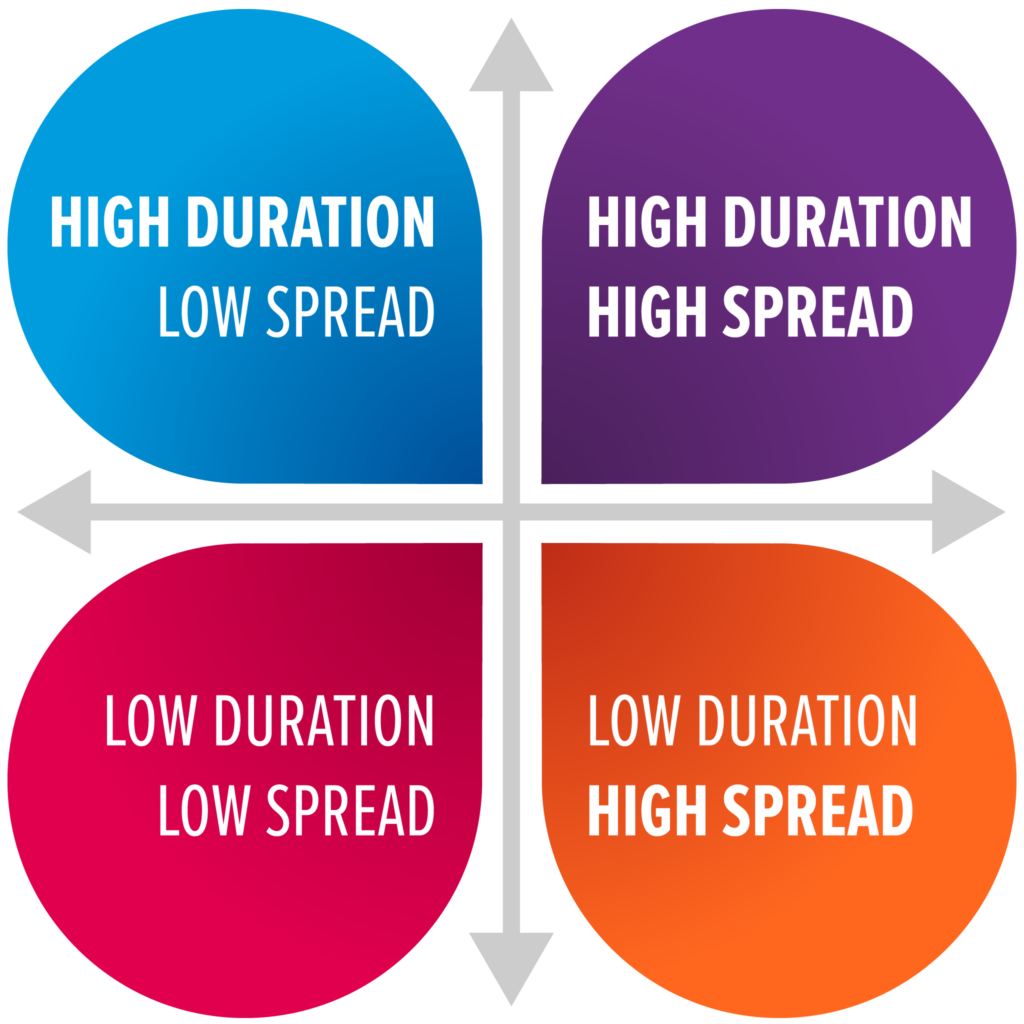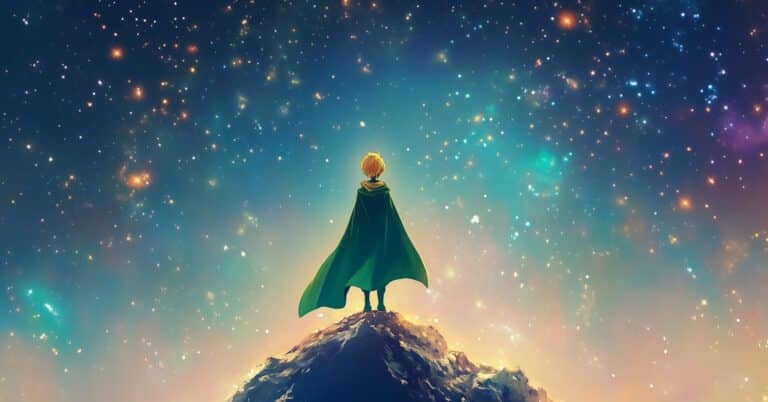When so much is uncertain, it’s even harder than usual to imagine future possibilities, and what counts as “future” might be next month instead of the next decade.
Futures thinking techniques
Even when we have forecast disruption or specific events such as a pandemic, those possibilities might not have been communicated in a meaningful or actionable way. Even if they were, long-term thinking is not always valued, and individuals and organizations may struggle to prepare for future possibilities. Futurists employ a variety of techniques to wrangle future possibilities into forms we can examine and communicate:
- Scenarios explore critical uncertainties or alternative assumptions to tell stories about what the future might hold
- Artifacts of the future illustrate things that could exist or occur in the future, providing tangible glimpses of the forms today’s possible futures might take
- Personas show how possible futures could impact different groups of people and how people’s values and interests might shift with and influence changing landscapes
- Immersive experiences involve people in imagined settings or situations to engage people directly with future possibilities
These techniques draw upon analyses of current conditions, trends and events to project, through informed assumptions, what might come to pass and inform our daily choices about the kinds of futures we pursue. They help communicate future possibilities by bringing elements of story, visual representation, character and theater to the vague, abstract space that is the future.
Applying scenarios
Scenarios can be an accessible place to start. In telling stories about what the future might hold, they offer a new set of circumstances to consider. They help us make and manage assumptions and explore multiple narratives about change so that we do not get focused on a singular future or pretend we can predict what will happen. Scenarios can be organized around critical uncertainties or alternative assumptions. In this post, I focus on the critical uncertainties approach.

In one example, when my colleague Jason Swanson was working with a group to examine how to support distance learning during the pandemic, he and a partner used a two-by-two scenario matrix to explore possible impacts of current uncertainties for specific stakeholder groups. In this matrix, the horizontal axis represented how widely COVID-19 might spread, and the vertical axis represented how long it might last. Framing current uncertainties in this way helped the group put some shape to the overwhelming swirl of options and consider how they might support learning in different circumstances.
A typical use of such scenarios would be to consider each scenario’s implications, to identify strategies for meeting an organization’s aims in each scenario and then to explore what the organization would need to do to realize those aims no matter which scenario came to pass. In urgent times such as these, using a combination of contingency planning specific to each scenario, along with strategic planning that looks across them, can help an organization prepare to roll with changing circumstances. Additionally, considering the implications of each scenario for specific stakeholder groups (which can take the form of fictional personas) can help ground the inquiry and surface strategies that might not otherwise be apparent. For example, what might each of these scenarios mean for a rural, impoverished middle school student, as compared to all students in a state?
Creating your own scenarios
You can apply this way of thinking to your own situation by:
- Listing uncertainties you are facing
- Prioritizing those that seem most important or most impactful for you or for the people and communities you serve
- Picking two of those top-priority uncertainties to form the axes of a scenario matrix such as the one shown above
- Labeling the end points (for example, low/high duration and low/high spread)
- Identifying features of each resulting scenario, which can be simple as listing bullet points or can take the form of a more developed story
- And/or asking groups of stakeholders to explore a question using just one scenario each and then comparing perspectives across the four scenarios.
Creating scenarios presents the opportunity to get creative and challenge yourself to think of what could happen, not just what you think is most likely to happen.
This kind of analysis can help settle the swirl of future possibilities into more specific forms that we can imagine, query and apply to our situations. Exploring ways the future could take shape can help us determine how to keep our eyes on our aims even when the landscape shifts dramatically. It can help us break down the big, overwhelming future into more manageable chunks. It can help us engage others in looking beyond the immediate. It can empower us to stake some claims on the murky terrain that is the future, asserting what we might do in different situations. Communicating future possibilities can’t make uncertainty go away, but it can make it easier to face and manage.






